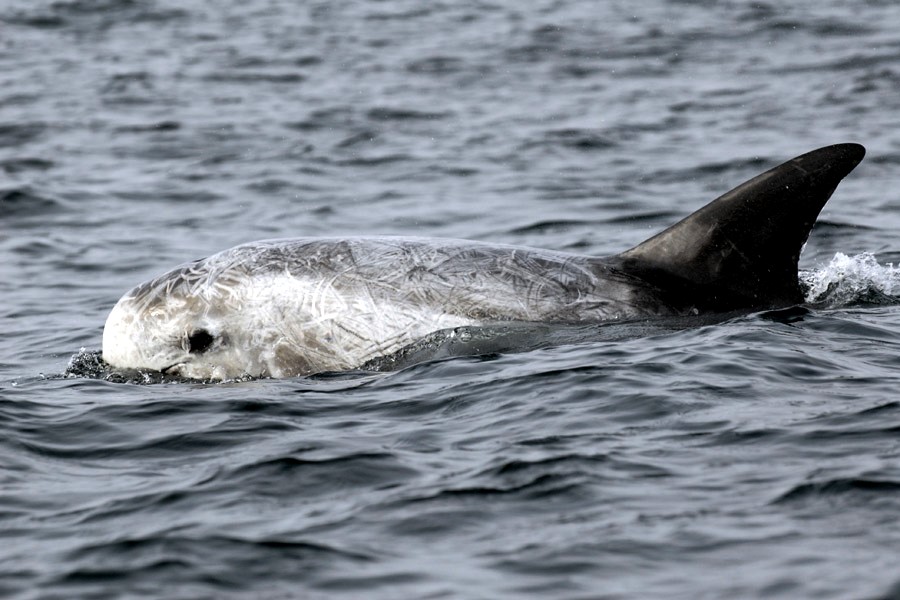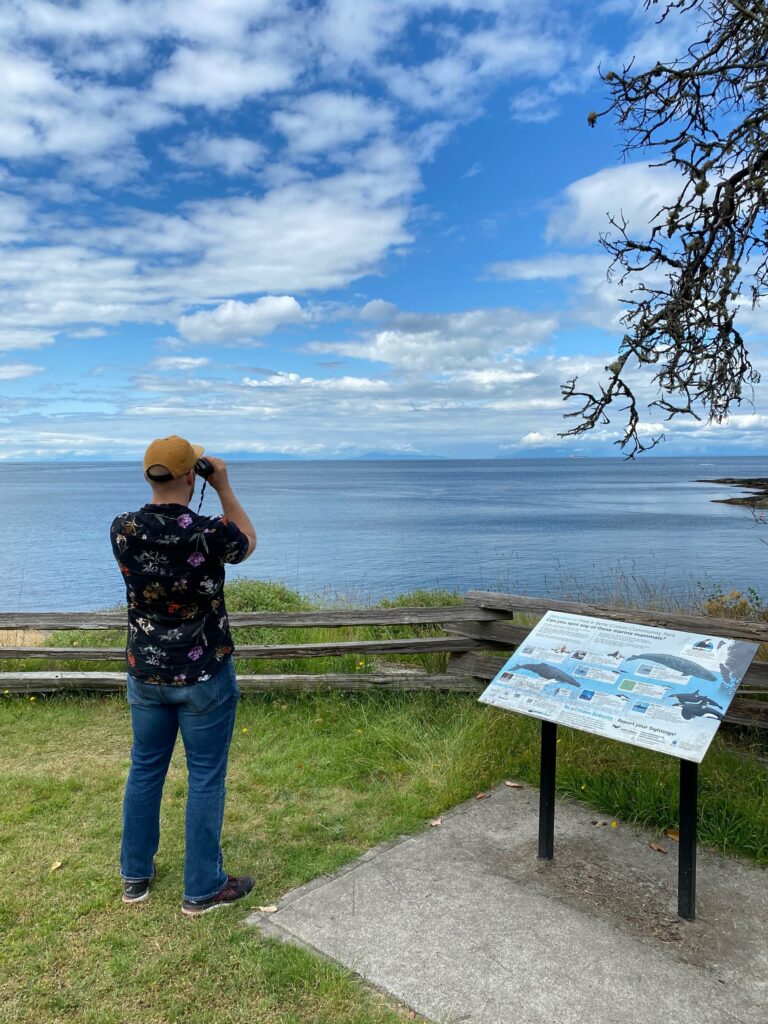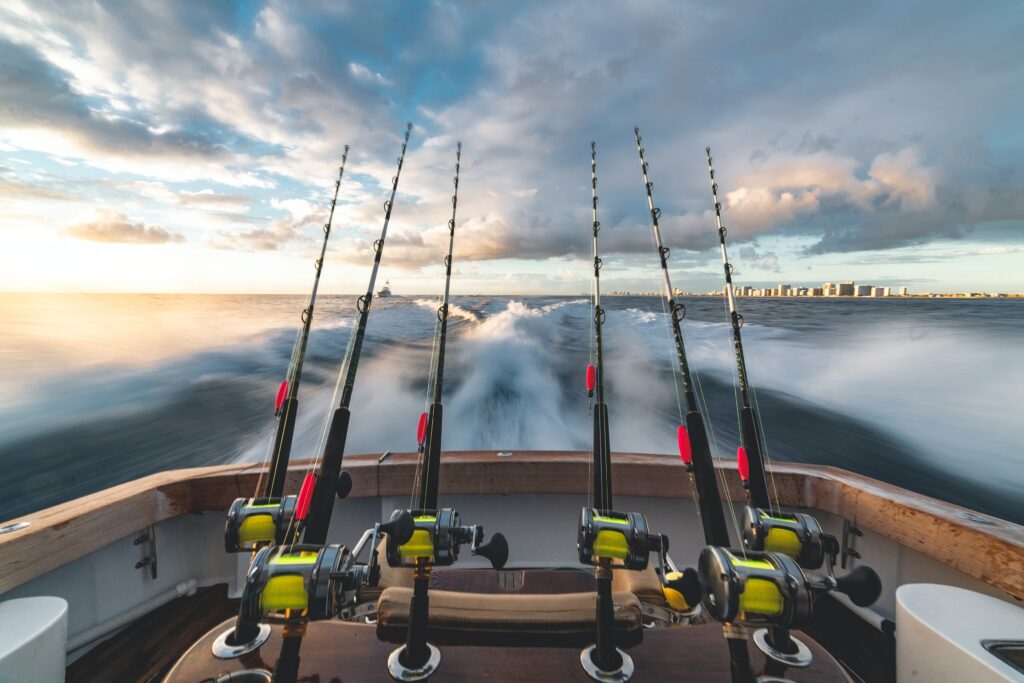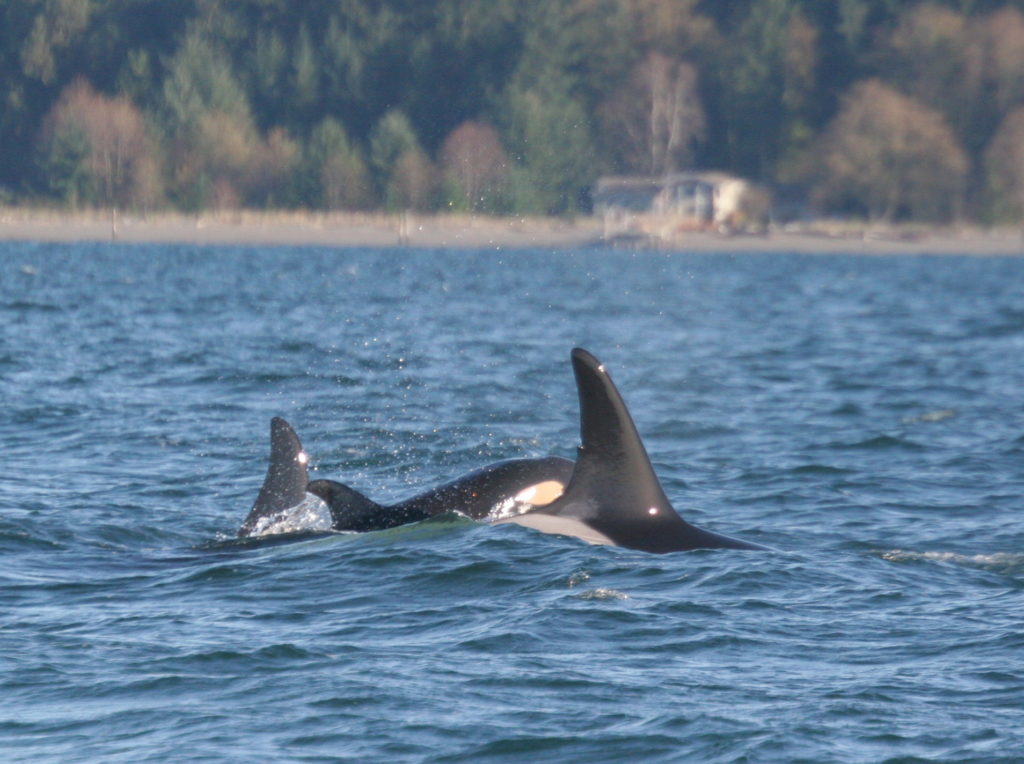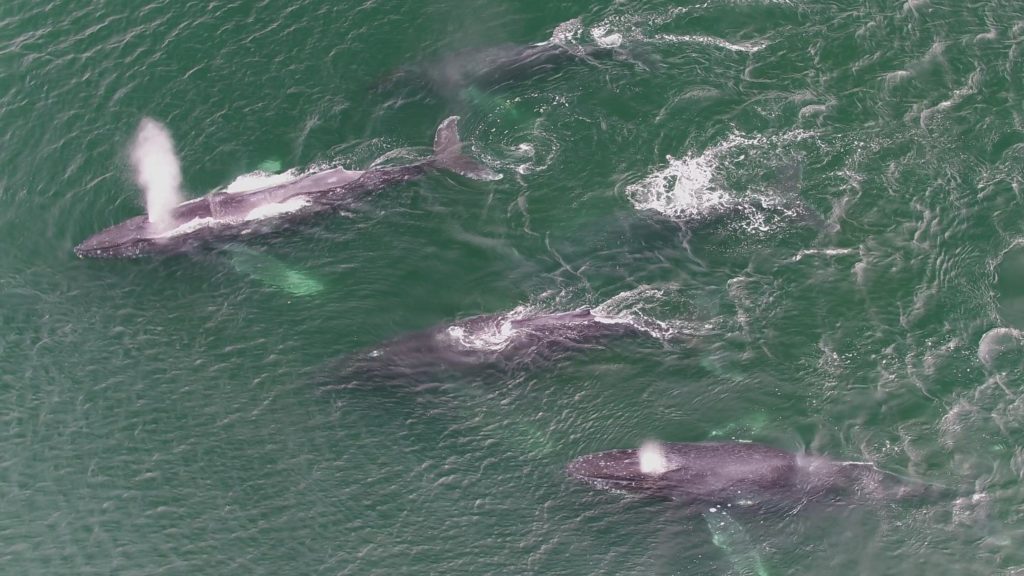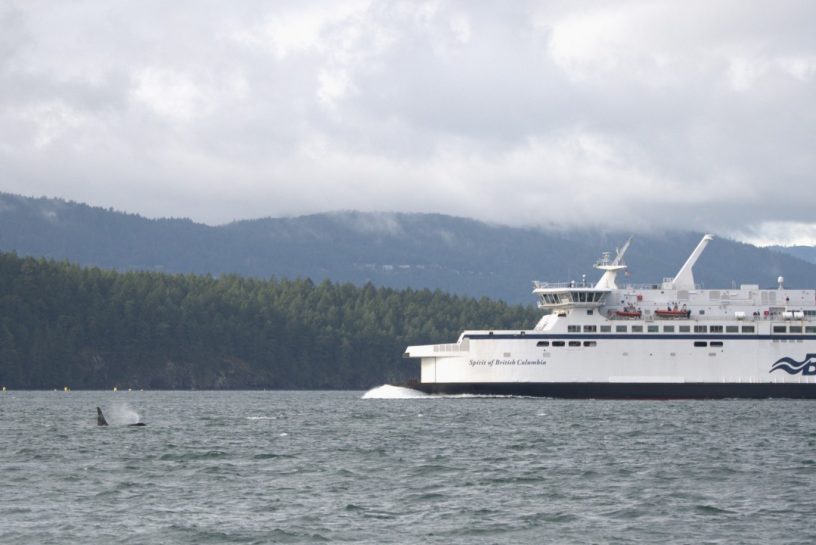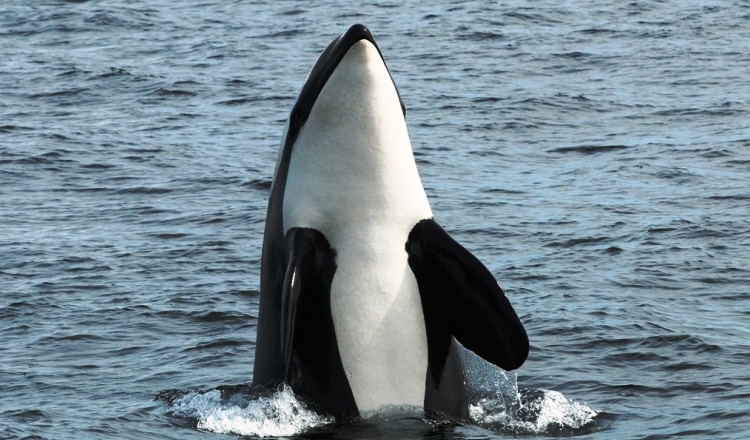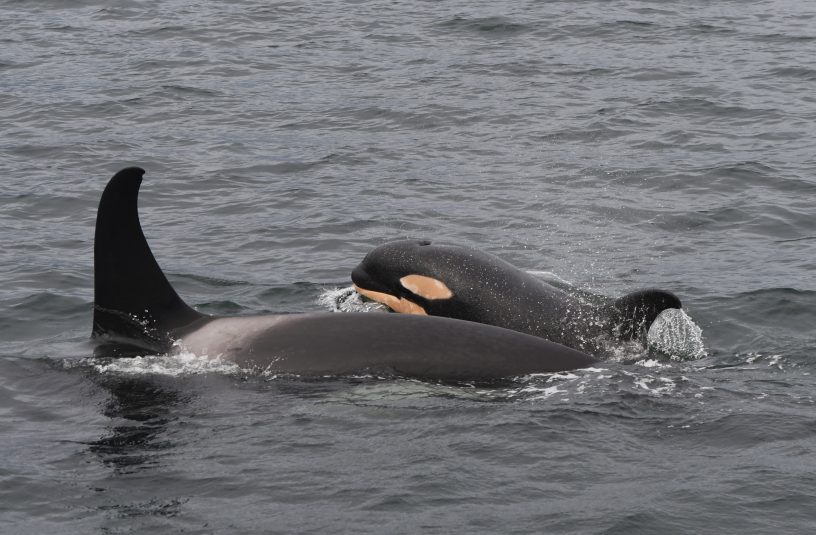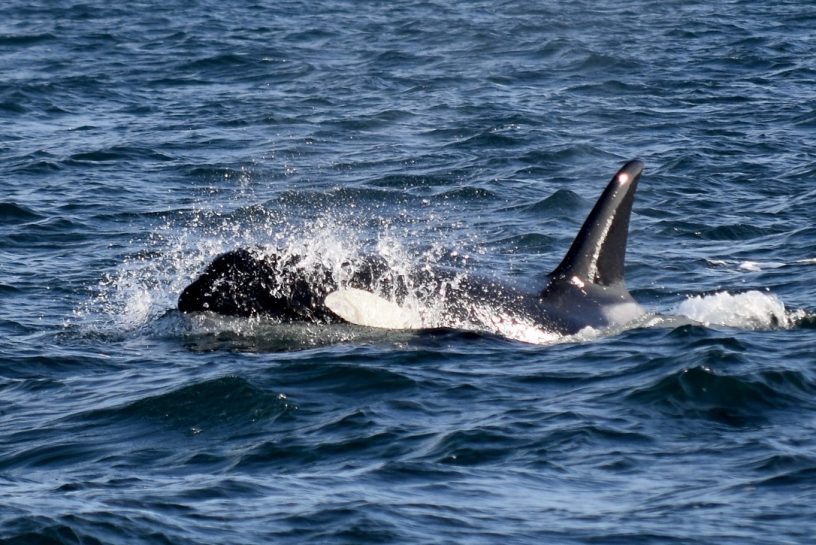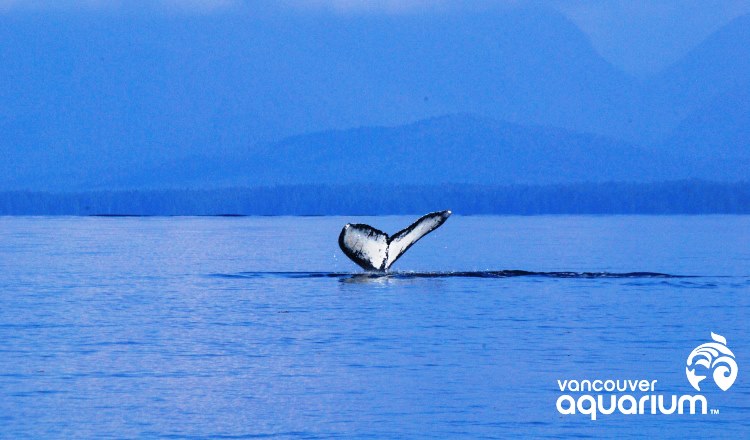
Summer’s Almost Over but the Sightings Network Still Needs Your Help!
Many of us try to spend as much of the summer by the ocean as possible: sunning on the shore, riding the waves, or setting sail. That’s the main reason that the B.C. Cetacean Sightings Network experiences a bump in the number of sightings of whales, dolphins, porpoises and sea turtles recorded during the summer months.
This year was no different. Between June 1 and August 31 this year the Sightings Network received 1325 sightings, helping create a snapshot of where and when cetaceans and sea turtles are spending time along the B.C. coast. This information is important because it can provide valuable insight into habitat use and population trends for the 23 species of cetaceans and four species of sea turtles found in B.C. waters, 12 of which are listed as “at-risk” under the Species At Risk Act.
So what were some of the highlights of summer 2014? Here’s a recap:
- Killer whales were the most commonly reported species, followed by humpback whales. Harbour porpoises were the most reported species of small cetacean. All three of these species can be found close to shore in coastal environments, meaning they can be spotted from land as well as a vessel. So even if you don’t manage to get out on the water very often, keep a look out when exploring the shore – you never know when you might make your first cetacean sighting!
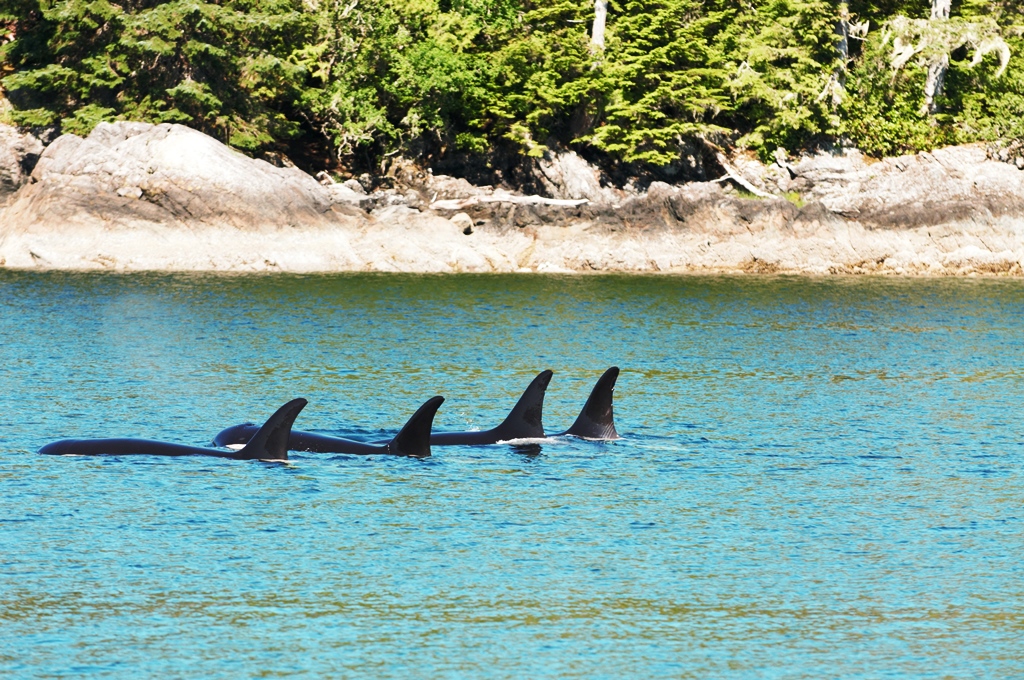
Killer whales off the coast of B.C. Photo Credit Lance Barrett-Lennard - The Sightings Network received two reports of a species that is not common in B.C.: Risso’s dolphins. The sightings were made on July 28 off the northeast coast of Vancouver Island and August 13 just southeast of Haida Gwaii. Risso’s dolphins grow to be about four metres in length, are generally light grey in color and adults are covered in scratches of unknown origin. They are social, typically travelling in groups of 10 to 50 animals, although the largest group, observed off the coast of Washington, consisted of 2000 dolphins. If you spend time in offshore waters, keep your eyes out for this species, and let the Sightings Network know if you spot them!
- This summer had the telltale signs that it would be a good year for leatherback sea turtle sightings. Mola mola, an offshore species of fish, and a species of jelly called by-the-wind-sailors were seen in abundance in B.C. waters, which usually signifies leatherbacks are also in the midst. To our surprise, we only received one report of a leatherback sea turtle, spotted off the west coast of Vancouver Island on August 20. Leatherbacks, the world’s largest reptiles, visit B.C. waters to feast on their jelly prey. In the Pacific Ocean, the species is critically endangered. August and September are typically when most leatherback sea turtle sightings occur, so keep a watch out, especially along the north and central coasts!
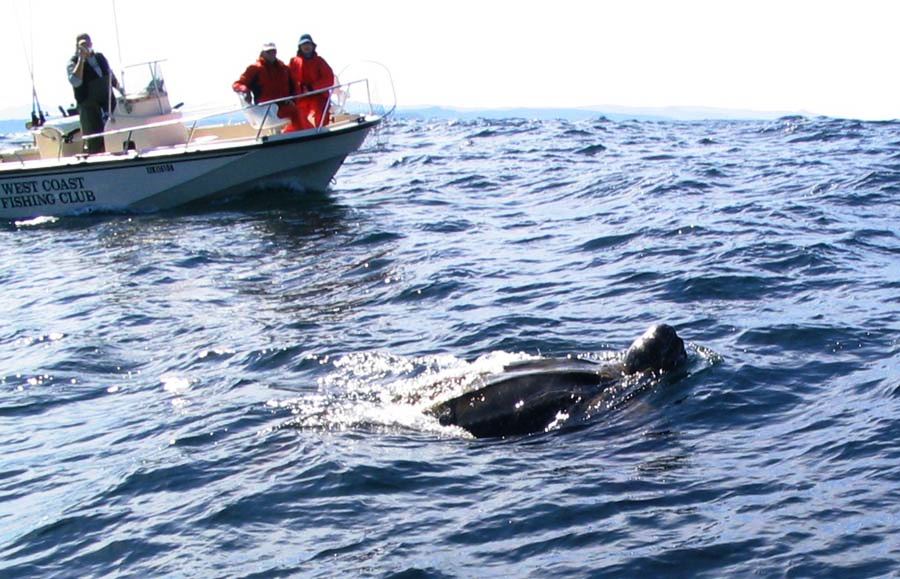
Leatherback Turtles are critcally endangered. Photo Credit Slawek Skorupinski
The incoming stream of sightings certainly doesn’t dry up after the weather turns cool though. Much of the Sightings Network’s data is received in the late fall, when ecotourism operators like whale watching companies close shop for the season. Sightings from the general public also continue to flow in, as cetaceans can be seen year-round in B.C. waters.
In fact, it’s exceptionally important that sightings are reported all year long, as this helps researchers understand how cetacean activity changes month to month or even year to year. You can help with this research by reporting your cetacean or sea turtle sighting. Let us know what you spotted by calling the B.C. Cetacean Sightings Network at 1.866.I.SAW.ONE, emailing [email protected], or visiting www.wildwhales.org.
Posted September 12, 2014 by Vancouver Aquarium
